 |


|
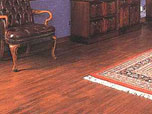
|
Benefits of hardwood
floors

|

|
Testing a hardwood
floor

|

|
Types of hardwood
flooring

|
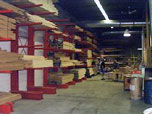
|
Wood floor grades

|
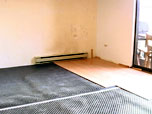
|
Installing
hardwood floors

|
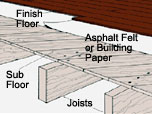
|
Hard wood
flooring and
subfloor

|
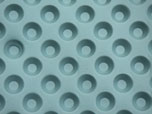
|
the ultimate
protection for a
hardwood floor

|

|
Click for
testimonials

|
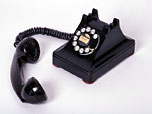
|
Contact us for
hardwood
floor
protections

|
|

 |
 |
 |
 |
 |
 |
 |
 |
 |
 |
 |
 |

| Page
1 Page
2 Page
3 Page
4 Page
5 Page
6 |
 Click
to go to page 1 Click
to go to page 1
for Benefits of Hardwood floors
Click to go to page 2
to learn about testing a hardwood floor
Click to go to page 3
for Types of Hardwood flooring
Click to go to page 4
for Wood floor grades
Click to go to page 5
to learn about Installing Hard Wood Floors
Click to go to page 6
to learn about Subfloors & Hard Wood Flooring
|
 Testing Concrete Before a Hardwood Floor Installation Testing Concrete Before a Hardwood Floor Installation |
 |
Concrete takes a long time to fully cure and dry. Before you can install your hardwood floor, you should do a moisture test to ensure installing your hardwood floor is safe. Unless you're using a  subfloor under your hardwood floor, moisture could cause many problems for you hardwood floor such as condensation, sweating floors, wood cupping, mold, rust stains from nails or in extreme cases total hardwood floor failure. subfloor under your hardwood floor, moisture could cause many problems for you hardwood floor such as condensation, sweating floors, wood cupping, mold, rust stains from nails or in extreme cases total hardwood floor failure.
Moisture conditions in concrete slabs that cause problems in your hardwood floor may not be the contractors fault, however it could be the responsibility of the hardwood floor
- Electrical Moisture Meter for a hardwood floor.
This simply tests the impedance of the concrete.
- The Rubber Mat test for a hardwood floor.
Before installing a hardwood floor, lay a rubber mat on the slab and put a weight on top to prevent moisture from escaping. Allow the mat to remain for 24 hours. If the covered area shows watermarks when the mat is removed too much moisture is present to install a hardwood floor.
- The Polyethylene Film test for a hardwood floor.
Before installing a hardwood floor, tape a one-foot square of plastic to the slab. If after 24 hours there is no moisture on the underside, the slab can be considered dry enough for a hardwood floor installation.
- The Calcium Chloride test for a hardwood floor.
Before installing a hardwood floor, place a quarter teaspoonful of dry (anhydrous) Calcium Chloride crystals inside a 3-inch diameter putty ring on the slab. Cover with a glass so the crystals are totally sealed off from the air. If the crystals dissolve within 12 hours the slab is too wet to install a hardwood floor.
- The Phenolphthalein test for a hardwood floor.
Before installing a hardwood floor, put several drops of a 3% Phenolphthalein solution in grain alcohol at various spots on the slab. If a red color develops in a few minutes, too much moisture is present to install a hardwood floor.
Even though it is recommended that you test your concrete before you install your hardwood floor,  can eliminate the need for testing concrete. can eliminate the need for testing concrete.  subfloor prevents moisture from getting to your hardwood floor. This allows you to install your hardwood floor right away instead of having to wait. subfloor prevents moisture from getting to your hardwood floor. This allows you to install your hardwood floor right away instead of having to wait.  is the ultimate in hardwood floor protection and is easily the best subfloor available on the market. is the ultimate in hardwood floor protection and is easily the best subfloor available on the market.
|
|



For more info on hardwood
flooring click next
|
|
|
|
 |
 |
 |
 |
 |
 |
 |
 |
 |
 |
 |
 |

|
|
 |
 |



